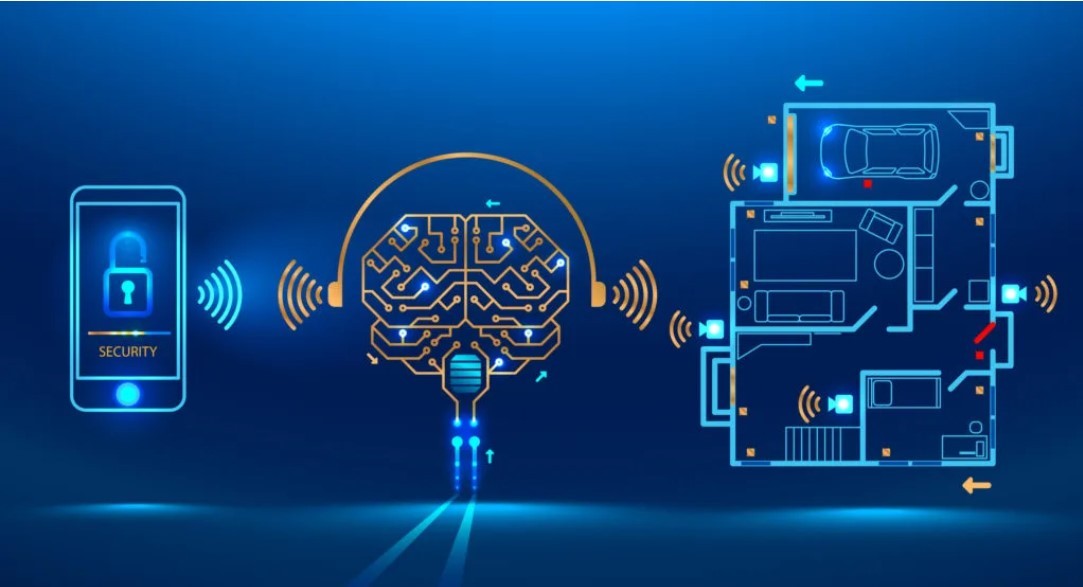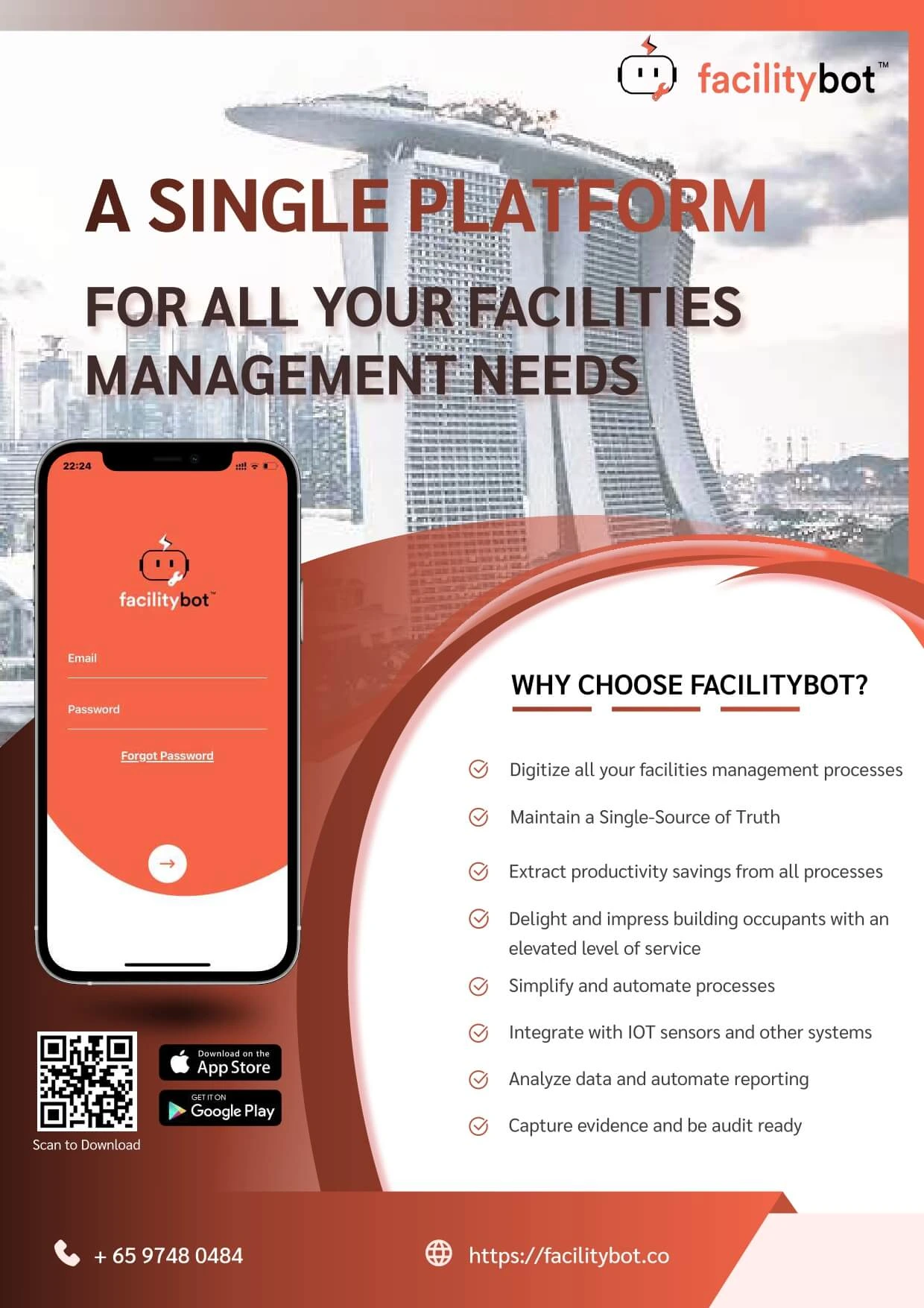Last updated on January 17th, 2024 at 06:55 pm
In recent years, the Internet of Things (IoT) has emerged as a game-changer in the world of facilities management. By connecting devices and sensors to the internet, IoT technology empowers facility managers to monitor assets, streamline maintenance processes, optimize energy consumption, and enhance overall operational efficiency. In this comprehensive guide, we will explore the transformative impact of IoT on facilities management, providing valuable insights, practical examples, and citing relevant sources.
The Power of Real-Time Data Monitoring
Real-time data monitoring is a key advantage of leveraging IoT in facilities management. By capturing data from various sensors and devices, facility managers gain actionable insights into the status and performance of critical assets. For example, in a manufacturing facility, IoT sensors embedded in machinery can monitor temperature, pressure, and vibration levels. Any anomalies or deviations from optimal conditions can be detected in real-time, triggering automatic notifications or work orders for maintenance personnel.
According to a study by Deloitte, real-time data monitoring through IoT can reduce maintenance costs by up to 20% and extend asset lifespan by 30%. This not only minimizes downtime but also enables proactive maintenance, avoiding costly repairs and unplanned outages.
Predictive Maintenance for Improved Asset Performance
Combining IoT with Computerized Maintenance Management Systems (CMMS) enables predictive maintenance, revolutionizing asset performance. IoT sensors provide continuous data streams, offering insights into asset health, usage patterns, and performance trends. By integrating this data with a CMMS platform, facility managers can predict maintenance needs and schedule preventive repairs before equipment failures occur.
For example, in a commercial building, IoT sensors embedded in HVAC systems can collect data on factors such as temperature, humidity, and energy consumption. By analyzing this data, the CMMS can identify patterns indicative of potential issues, such as decreased airflow or abnormal energy usage. Facility managers can then schedule maintenance activities, like cleaning filters or replacing faulty components, to optimize HVAC system performance and energy efficiency.
A case study conducted by IBM and Schneider Electric revealed that predictive maintenance implemented with IoT and CMMS reduced maintenance costs by up to 40% and increased equipment uptime by 9%.
Energy Optimization and Sustainability
IoT plays a vital role in optimizing energy usage and promoting sustainability within facilities. By integrating IoT devices with CMMS platforms, facility managers can monitor energy consumption in real-time, identify energy-intensive areas, and implement energy-saving strategies.
For instance, a smart building equipped with IoT-enabled lighting systems can adjust illumination levels based on occupancy patterns detected by motion sensors. This ensures that lights are only active when needed, significantly reducing energy waste. Additionally, IoT sensors can measure environmental factors like ambient light and daylight levels, allowing the CMMS to automatically adjust lighting based on natural light availability.
According to the World Green Building Council, buildings incorporating IoT and energy management systems can achieve energy savings of up to 30%.
Enhancing Asset Tracking and Inventory Management
Efficient asset tracking and inventory management are critical for facilities of all types. IoT technology enables real-time monitoring and tracking of assets, reducing losses, optimizing inventory levels, and streamlining procurement processes.
For example, in a healthcare facility, IoT-enabled medical equipment can be equipped with RFID tags or GPS-enabled sensors. This enables real-time tracking of the equipment’s location and status, reducing the time spent searching for items and ensuring they are readily available when needed. Additionally, CMMS integration allows facility managers to set up automated alerts for equipment maintenance, calibration, or expiry dates.
Research by Vodafone indicates that implementing IoT-based asset tracking systems can reduce inventory holding costs by up to 30% and decrease asset loss by 20%.
Security and Incident Management
IoT, in conjunction with CMMS, strengthens security and incident management capabilities in facilities. By integrating surveillance cameras, access control systems, and incident reporting tools, facility managers can detect and respond to security breaches in real-time.
For example, in a corporate office, IoT-enabled access control systems can monitor entry points and verify employee credentials. If an unauthorized person attempts to access a restricted area, the system can send immediate notifications to security personnel, enabling prompt intervention. Furthermore, video analytics powered by IoT can enhance surveillance by automatically detecting and alerting security personnel to suspicious activities or potential safety hazards.
According to a study conducted by Intel, organizations that implemented IoT-based security systems experienced a 20% decrease in security incidents.
Conclusion:
The Internet of Things has revolutionized the field of facilities management, offering unprecedented opportunities to optimize operations, reduce costs, and improve overall efficiency. From real-time data monitoring to predictive maintenance, energy optimization, asset tracking, and security enhancement, the integration of IoT with CMMS systems is transforming the way facilities are managed. Embrace the power of IoT and leverage a robust CMMS like FacilityBot to unlock the full potential of your facility management practices.
For more information on how FacilityBot can streamline your facilities management processes, visit their website at facilitybot.co.
For purchasing of IoT sensors and more, visit FacilityBot’s IoT Sensor Store.




